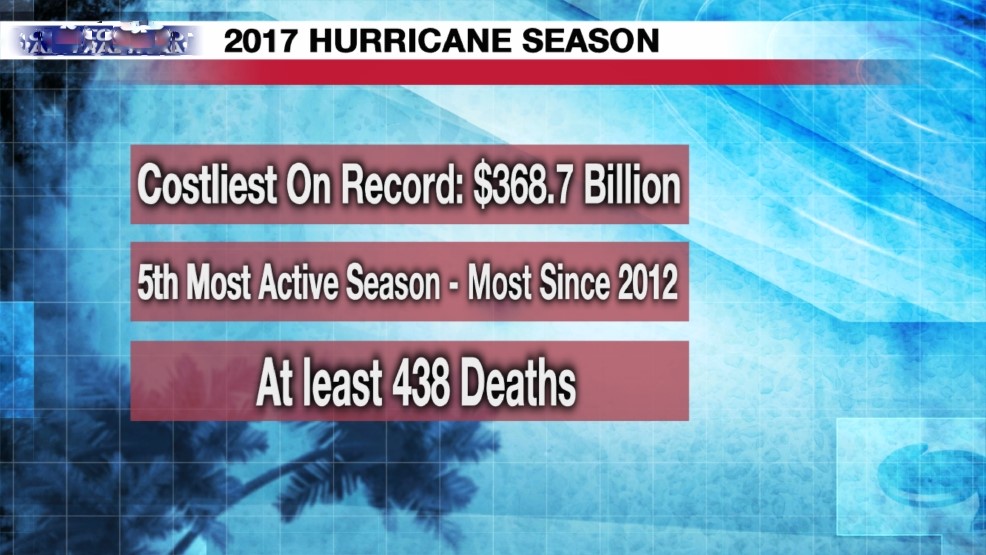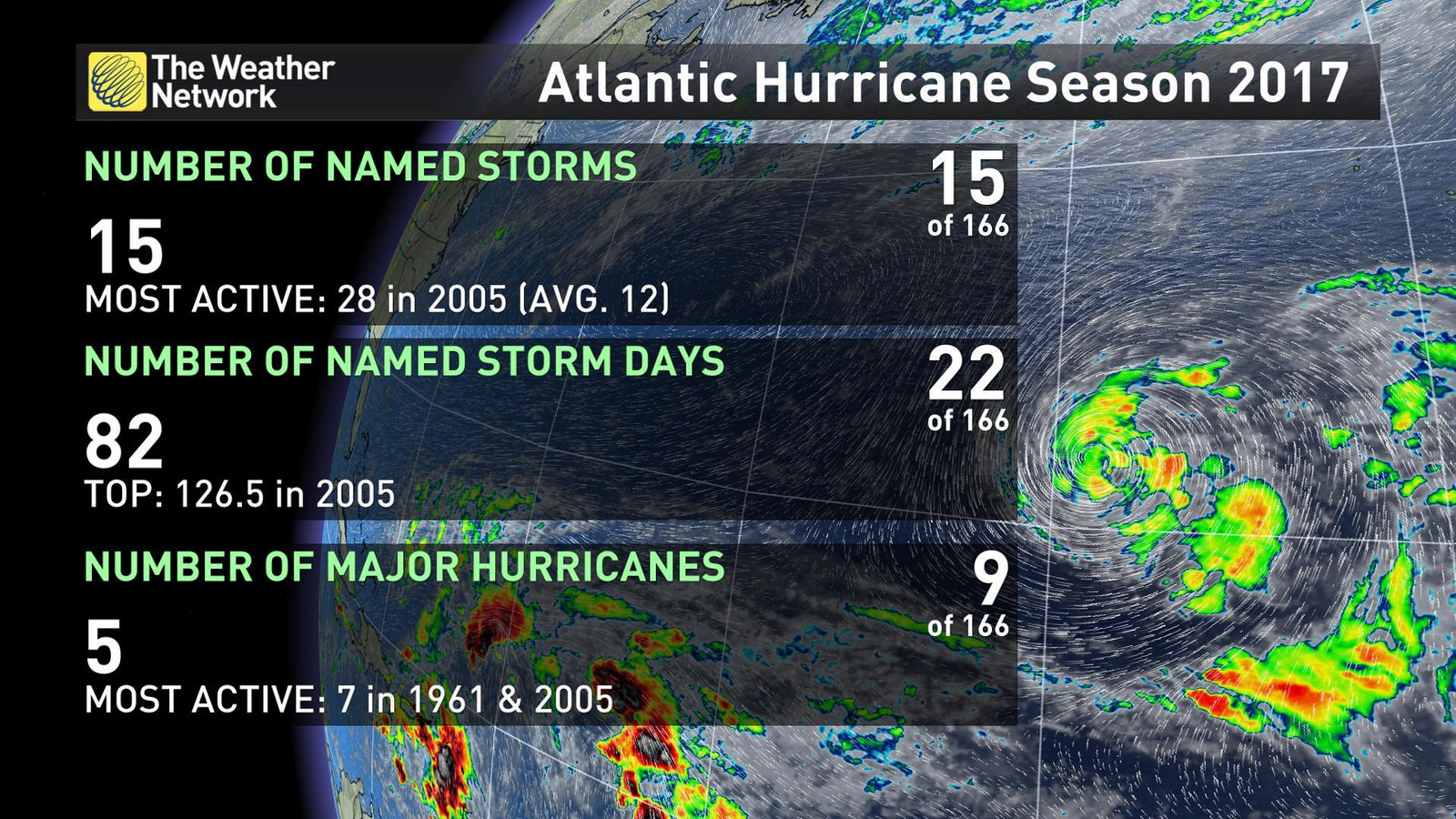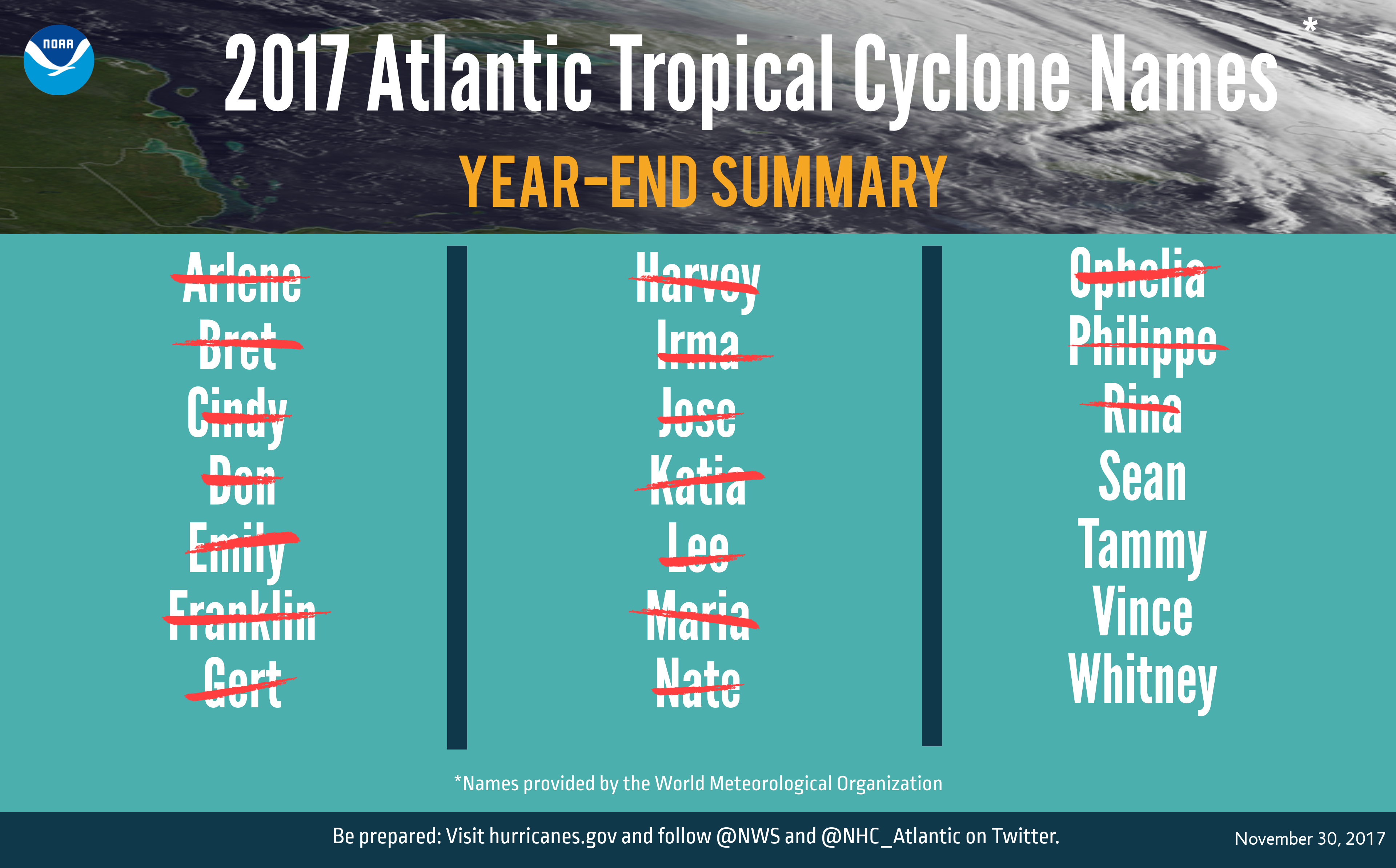MIAMI — The 2017 storm season tormented the U.S. with four hurricane landfalls and scores of deaths, but a preliminary review shows no one succumbed to the most lethal force in a tropical cyclone’s arsenal — storm surge.
In a National Hurricane Center report released last week on Hurricane Harvey, which hit Texas in August as a Category 4 storm, officials lament the 65 lives lost to freshwater flooding but tout the lack of storm surge deaths even as up to 10 feet of hurricane-driven saltwater charged ashore.
But it wasn’t just Harvey. Hurricane center officials said no storm surge deaths are believed to have occurred in Hurricanes Irma or Maria — each Category 5s — or Category 1 Hurricane Nate, which landed near Biloxi, Miss. on Oct. 8.
The lack of storm surge deaths is being attributed by the NHC to its new storm surge watch and warning system, which debuted operationally with Harvey. While the system is not yet used in Puerto Rico, emergency managers had hurricane center-provided maps in order to make evacuation decisions based on storm surge.
“We can argue that what caused it was luck, chance, geography, but you would be hard pressed to convince me it happened by itself,” said NHC storm surge specialist Jamie Rhome about the absence of storm surge deaths. “Somewhere along the way, this 10-year effort moved the needle.”
Although storm surge forecasts are not new, there was not a succinct way to communicate the threat until the 2017 storm season. A storm surge watch is issued when life-threatening surge is possible within 48 hours. The warning is issued when life-threatening surge is possible within 36 hours.
Rhome, who spoke during an American Meteorological Society conference this month, pointed to the 41 storm surge deaths in 2012’s Super Storm Sandy as evidence of the new system’s effectiveness. Sandy’s peak inundation was 9 feet. Both Irma and Harvey had estimated peaks of 10 feet.
“I recall it very specifically,” said Fort Myers Beach resident Johnette Nelms, who used the storm surge watch and warning system when deciding to evacuate for Hurricane Irma. “We got out of Dodge because we are right on the beach.”
Still, some emergency managers aren’t convinced of a direct correlation between the surge watches and warnings and people’s decisions to evacuate during the 2017 storms.
Bill Johnson, Palm Beach County’s emergency management director, said the storm surge information helped him make decisions that led to fewer zones being evacuated — a key component in reducing traffic congestion.
But other factors, such as the longevity of Hurricane Irma, wall-to-wall media coverage, and fresh memories of Hurricane Harvey also contributed to residents’ decisions on whether to leave, he said. Palm Beach County was under a storm surge warning for two days during Irma from Sept. 7-9.
“There is so much overload, the surge modeling for the general public is a small snippet,” Johnson said. “The decision to evacuate is clearly a complex decision that people have to make and I’m not convinced this year that surge watches and warnings had that major of an impact.”
Storm surge caused nearly 50 percent of the estimated 2,544 deaths directly related to a tropical cyclone between 1963 and 2012, according to a 2014 study by National Hurricane Center Acting Director Ed Rappaport.
The push to come up with a way to warn people of storm surge threats began more than a decade ago when storm surge was still included in the Saffir-Simpson Hurricane Scale. Officials realized the size of a storm, the angle it approaches, and its forward speed were important factors in judging storm surge that weren’t included in the scale, which focused mostly on wind speed and barometric pressure. Storm surge was taken out of the scale in 2010.
“Storm surge, that’s what we were watching,” said Port Aransas, Texas-resident Patty Briscoe about the new watches and warnings. “I do think it helped because the average person is thinking about wind not the surge, and this made them aware of that.”
Up to seven feet of storm surge occurred during Harvey in Port Aransas, which has a population of about 4,000.
Hurricane Harvey was the first major hurricane of Category 3 or higher to hit the U.S. since Wilma in 2005. It was the first Category 4 hurricane to hit since 2004’s Charley. No storm surge deaths occurred in Wilma or Charley, but Wilma came ashore near a sparsely populated area in Cape Romano, Fla., and Charley’s rapid intensification near the Lee County coast may have reduced its storm surge threat.
“These weren’t hugely populated areas in Harvey, so absolutely the lower population helped (with the lack of surge deaths), but the warnings did as well,” said Bob Henson, a meteorologist and writer for Weather Underground’s Cat 6 blog. “A lot of times, good and bad outcomes happen for multiple reasons.”





